Zack Snyder’s Justice League (2021) Review
It all began with the majority of DC fans were left disappointed with the terribly mixed result of Joss Whedon’s Justice League reshoots back in 2017. At the time, original director Zack Snyder chose to leave the post-production work following the tragic death of his 20-year-old daughter, Autumn. Whedon subsequently stepped in to finish whatever needs to be done. And that included script rewrites and reshoots, with the now-infamous Henry Cavill’s moustache being digitally removed became a subject of ridicule and internet memes.
After Whedon’s version of Justice League ended up becoming both critical and financial disappointments, fans demanded Warner Bros. to release the Snyder Cut. From there, the then-trending #ReleaseTheSnyderCut campaign began to gain momentum. It took years before the studio finally gave in and eventually allowed Snyder to oversee his original vision of Justice League. The rest, as they say, is history.
At 242 minutes (that’s 4 hours and 2 minutes!), Zack Snyder’s Justice League is easily the longest comic-book film ever made. That’s like a little over 2 hours of extra footage compared to a more streamlined 2-hour theatrical cut of the 2017 version. And here lies the biggest question: does the 4-hour cut of Justice League justifies its length? Well, I have to admit watching this movie in one sitting does feel overlong in certain parts (we get to that later) but in terms of comparison, Zack Snyder’s version is thankfully better than Whedon’s theatrical cut.
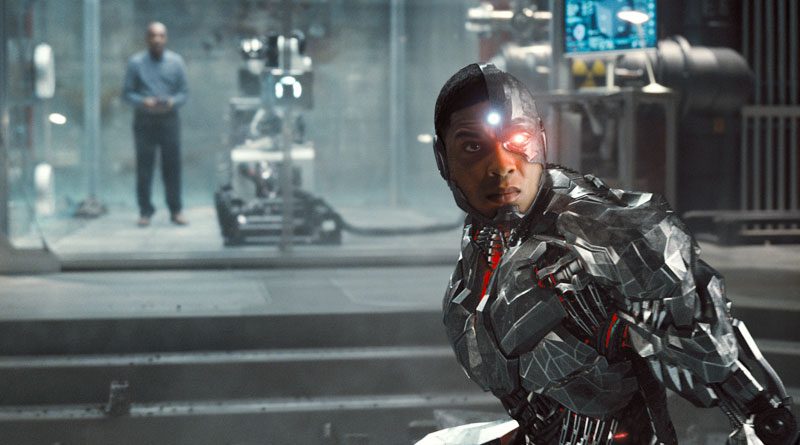
Both Snyder and Whedon’s versions shared the same basic premise, where they take place after the death of Superman (Clark Kent) in 2016’s Batman v Superman: Dawn of Justice. Batman (Ben Affleck) is looking to form a team of superheroes, where he already has Wonder Woman (Gal Gadot) but need to convince the rest. This includes Aquaman (Jason Momoa), The Flash (Ezra Miller) and Cyborg (Ray Fisher). Just like the 2017 version, Steppenwolf (Ciaran Hinds) is the main focus here as the antagonist. Arriving on Earth with his army of Parademons from another planet, his main goal is to retrieve three powerful cubes known as Mother Boxes that have been hidden in different places.
Gone are the dumbed-down 2017 version that tries too hard to make Justice League more accessible to wider audiences. Whedon was brought in by the studio to lighten up Snyder’s otherwise bleak approach — a result that didn’t sit well with most DC fans.
Now, with Snyder’s original vision where most of his scenes left on the cutting-room floor have finally restored in the finished cut, the movie is more coherent in tone and context while both motivations and character development serve better and clearer purposes. The 4-hour-plus running time allows Snyder to flesh out his characters, particularly The Flash and Cyborg’s backstories which are sadly neglected in the 2017 version.
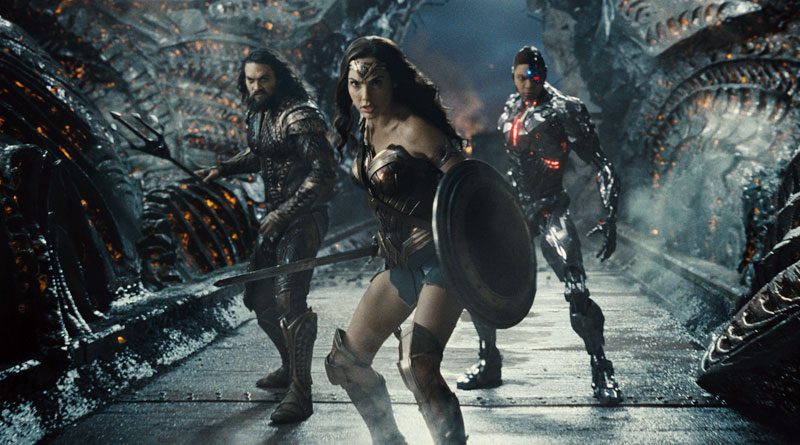
Whereas we finally get to see how The Flash a.k.a. Barry Allen first met his future love interest Iris West (Kiersey Clemons) during a brief but pivotal rescue scene, Cyborg’s origin story gets more screentime, where Snyder wasn’t kidding about his character being the heart of the movie. We get to learn more about Fisher’s Cyborg a.k.a. Victor Stone’s tragedy from the accident to his estranged relationship with his scientist-father, Silas Stone (Joe Morton) and his initial reluctance of joining Batman as part of the superhero team. It was undoubtedly a bold risk putting such a lesser-known DC character like Cyborg — at least to non-comic-book fans and general audiences — in the spotlight. But the strategy works, thanks largely to Fisher for delivering both sympathetic and heartfelt performance, even though his motion-capture cybernetic suit remains questionable and somewhat out of place with spotty CGI.
It’s also nice to see Steppenwolf in his original design as intended by Snyder, not Whedon’s redo that makes him look like a cartoonish villain. Here, Steppenwolf looks more intimidating that matches Ciaran Hinds’ sinister voice, making him a worthy antagonist than what we got in the 2017 version. The movie even includes the much-needed tease of the big bad of the DC Comics otherwise known as Darkseid (voiced by Ray Porter), giving us a taste of his capability and brutality during a (longer) flashback sequence.
Following the unexpected dud of Wonder Woman 1984 last year with Gal Gadot’s Wonder Woman looking more passive than usual, fans and audiences will be delighted to see a more proactive character in this movie. Other supporting characters, namely Joe Morton gets a more substantial role as Silas Stone who tries to make things right for his son. We get to see more of Jeremy Irons’ Alfred too, whose sardonic wits are on point while his brief scene with Wonder Woman a.k.a. Diana Prince has a nice, welcoming sight of character interaction.
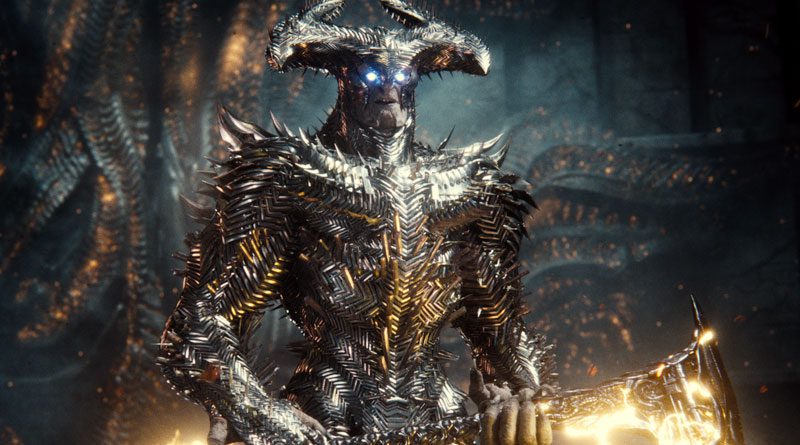
While I have no problem with Whedon’s version of having Ben Affleck’s Batman alternating between brooding and cracking jokes, here we have the Dark Knight’s grizzled turn that is more in line with Frank Miller’s take in the comic book. Not to mention the movie’s R-rating allows Batman to drop an F-bomb.
From the technical point-of-view, the CGI remains a mixed bag but I’m glad the final third-act is an improvement over the 2017 version, where the Justice League team gathered together to take down Steppenwolf and his army of Parademons. The added appearance of a resurrected Superman in the black suit brings much-needed cinematic impact and fun to the fight. The only downside about Superman is Cavill’s lack of screentime that might not please the fans of his character, which also shared the same problem in the 2017 version.
Tom Holkenborg’s (Junkie XL) foreboding score, in the meantime, suits better with Snyder’s overall moody tone of the movie than Danny Elfman’s surprisingly generic music in the theatrical cut.
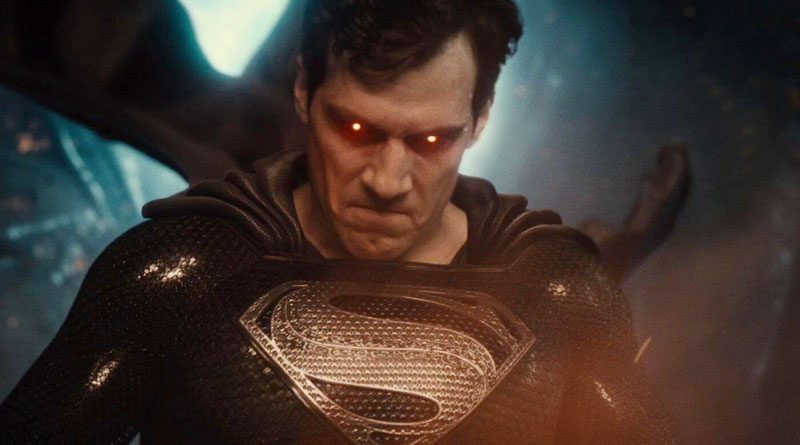
As usual with Snyder’s movies, expect lots of his signature slow motion during the action scenes. While it looks visually cool and stunning, there are times he gets overindulgent with the effects. Then, there’s Snyder’s creative decision of presenting his version in a boxy 4:3 aspect ratio instead of the usual widescreen format that we have grown accustomed to in today’s era. It’s kind of weird and it took me a while to get used to watching a 4-hour movie in such a format on a laptop, with two obvious black bars on both sides of the picture.
In Zack Snyder’s Justice League, the story gets divided into six chapters and an epilogue which would benefit those who can’t watch a 4-hour movie in one sitting. The epilogue, which supposed to set up for a future sequel(s) that we might not get to see the light of the day, tends to overstay its welcome. While fans and audiences alike will more or less excited with certain cameo appearances, Snyder could do us a favour by trimming down some of the excess fats. And frankly, it’s not just the epilogue but some extraneous scenes in all six chapters could have used a tighter edit as well.
Still, for all the shortcomings, Zack Snyder’s Justice League remains one of the year’s must-see blockbuster events. Personally, I would like to see more of Snyder’s take in the future Justice League sequel(s) but if this turns out to be his final swan song in the DC Extended Universe, at least he manages to go out with a bang.
Zack Snyder’s Justice League is currently streaming on HBO GO (Asia) and HBO Max (US).


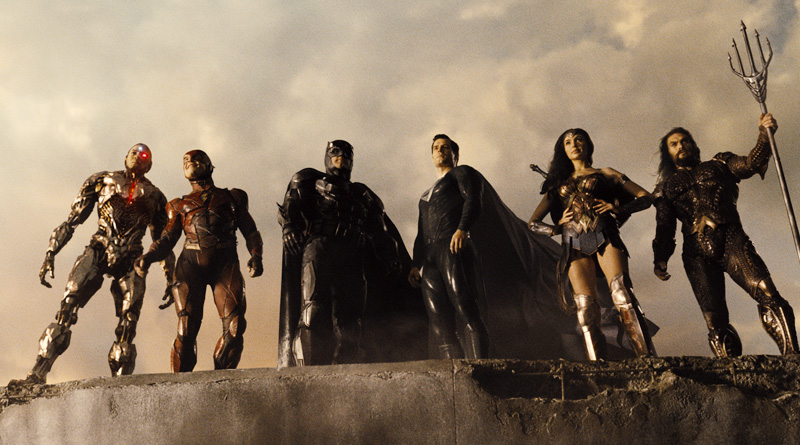



The movie will make us connected with Victor Stone and Clark Kent very deeply. I felt goosebumps and even got a bit emotional at a few points. It’s a must watch for all superhero movie lovers. The release of this movie read about on PortalulTauTV.net is revolutionary and hats off to Zack Snyder. Now I’m eagerly waiting for the Synderverse to be restored.